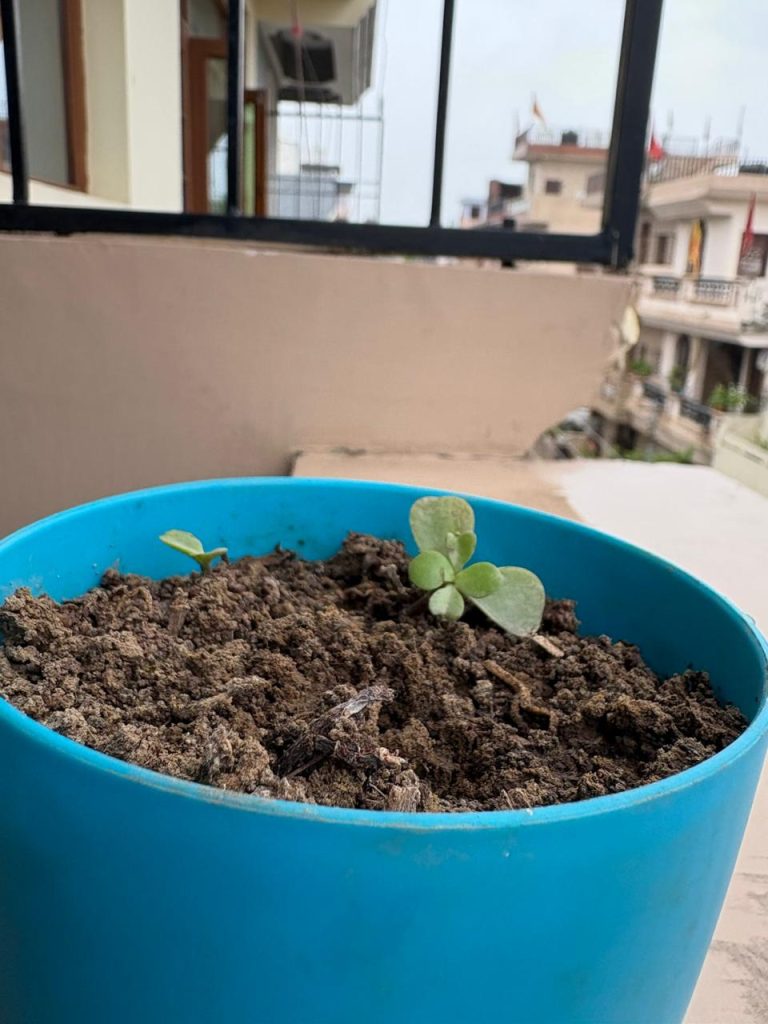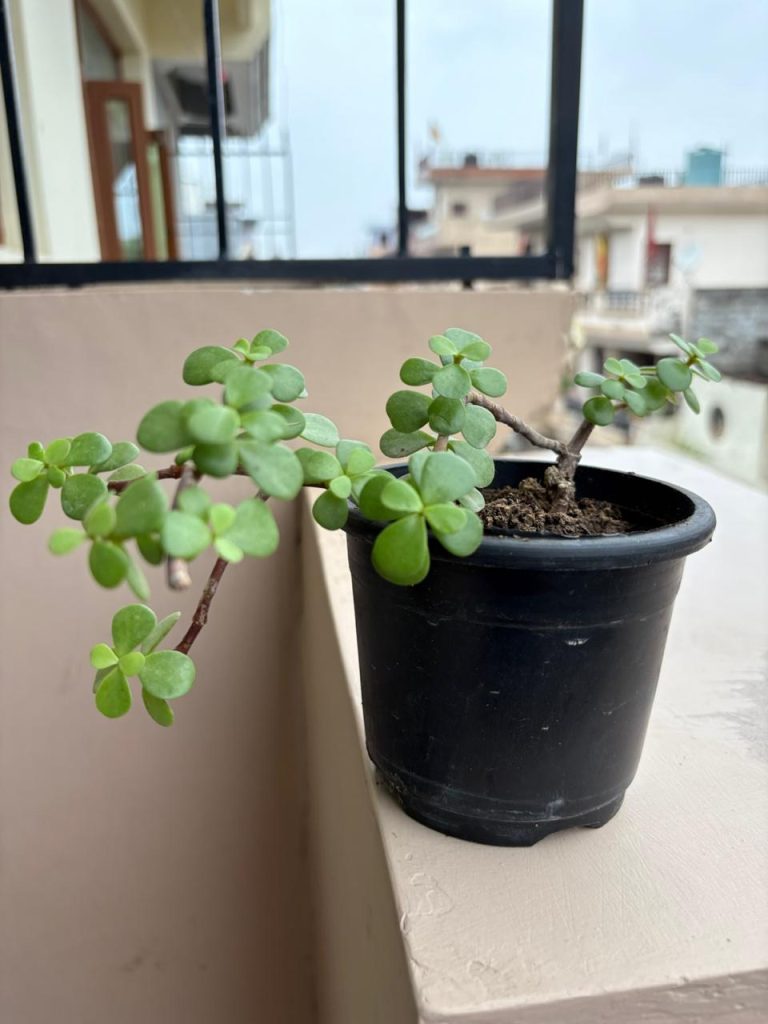I’ve always pictured my dream home filled with thriving indoor plants—a peaceful green corner in every room. But as someone living in a rented space far from home, I never thought I could make it a reality. There’s only so much you can do with limited space and temporary walls.
It all changed one afternoon when I noticed the charming indoor garden maintained by my landlord. Beautifully arranged, healthy, and surprisingly low maintenance—it instantly sparked something in me. That evening, my wife and I agreed: it’s time we brought a little greenery into our own living area.
We started small and chose the jade plant—a sturdy, forgiving succulent with a calming presence. It’s been just over two months, and honestly, they’ve done pretty well. At least, one of them has.
Here’s where it gets interesting.
We left town for a month to visit our hometown, hoping that both jade plants would survive our absence. On returning, we found that while one plant had grown beautifully—plump leaves, strong stems, and a vibrant green color—the other looked like it had given up halfway. Its leaves looked dull, and new growth was barely visible.
That’s when the questions began.
Same Room, Same Light, Same Care—So Why the Difference?


We kept both plants in the same room, under the same light, and followed the same watering schedule. One thrived. The other struggled. Naturally, I began to wonder:
• Was it the soil?
• Could it be pests?
• Was I missing a subtle sign?
Closer inspection revealed something unsettling—tiny bite marks on the edges of a few leaves and a few suspicious black specks. That’s when the insect theory popped up.
A Few Lessons I’ve Learned (So Far)
Here’s what I’ve discovered during this ongoing green-thumb experiment:
1. Every Plant Has Its Own Personality
Even within the same species, no two plants are exactly the same. One might love direct sunlight, while the other prefers a bit of shade. It’s important to observe and adapt—not just follow a fixed schedule.
2. Overwatering or Underwatering Shows Up Differently
Our thriving plant had dry, well-drained soil. The struggling one? Slightly damp. Turns out, jade plants don’t like wet feet. A little extra moisture might have made it vulnerable to rot or fungus.
3. Pests Can Sneak In Quietly
Jade plants aren’t pest-prone, but they’re not immune either. Mealybugs, spider mites, or aphids could be the culprits. A quick homemade neem oil spray might help, or gently wiping the leaves with diluted soap water.
What I’m Doing Now to Help It Recover
• Inspecting the soil and roots for signs of rot
• Moving it to a brighter corner (but away from harsh midday sun)
• Letting the soil dry completely before the next watering
• Applying neem spray once a week as a precaution
• Giving it time and patience
Final Thoughts
Indoor gardening is more than just home decor—it’s a living relationship. Sometimes you get it right, sometimes you learn on the go. I’m still figuring out how to revive our struggling jade plant, but I’m not giving up on it. Watching one plant flourish has given me hope that with a little attention and love, the other will catch up too.
If you’ve faced something similar or have tips to share, I’d love to hear your thoughts. And if you’re just starting out, trust me—a jade plant is a great first choice. Just keep an eye on them like you would a quiet friend—sometimes, they’re trying to tell you something.
